Characteristics of Effective Surveys
-
 Specific Objectives
Specific ObjectivesThe first step in any survey is deciding what you want to learn. The goals of the project determine whom you will survey and what you will ask. If your goals are unclear, the results will probably be unclear. Each survey item must align with one or more of the survey objectives.
 Straightforward Questions
Straightforward QuestionsThe best survey items are ones that respondents can understand and respond to immediately. Keep the questions clear and concise and avoid overly complex language and structure. (See section "Writing Good Questions")
 Proper Sample
Proper SampleIn order to understand the perspectives of an entire population, it is necessary to gather responses from a representative sample of that population. It is not necessary to survey the entire population; bigger is not always better. Actively pursuing the selected random sample through follow-up phone calls and other forms of communication will have a greater impact on the accuracy and generalizability of your findings than simply expanding your sample pool. Sample size calculators are available on the Internet (Example sample size calculator). Remember that these calculators provide the number of completed surveys you will need to secure from qualified respondents - not the number of surveys to send out. If the total population being surveyed is 50 or fewer, survey everyone.
 Reliable and Valid
Reliable and ValidReliable surveys generate data that can be reproduced. Valid surveys measure the construct that they are intended to measure.
 Accurate Reporting of Results
Accurate Reporting of ResultsSurvey results must be carefully analyzed and reported in order to accurately represent the perspectives of the target population. In order for a report to be accepted by its target audience(s) (stakeholder groups such as district department staff, school staff, parents, students, and/or the community at large), it must be transparent that researcher/surveyor bias had no role in the interpretation and reporting of results. Credible reports include both positive and negative findings; reports that only share the most positive survey results risk being disregarded as public relations material and having minimal impact. Often it is the negative or unexpected report findings that offer the most guidance for program improvement.
-
Printable Survey Construction Handbook
REA Survey Guidelines_ResourcesPageUpdated20191112.pdf 150.2 KB (Last Modified on November 12, 2019)




